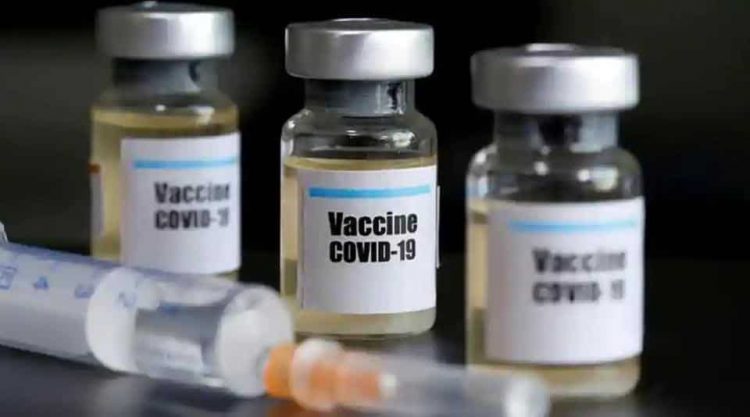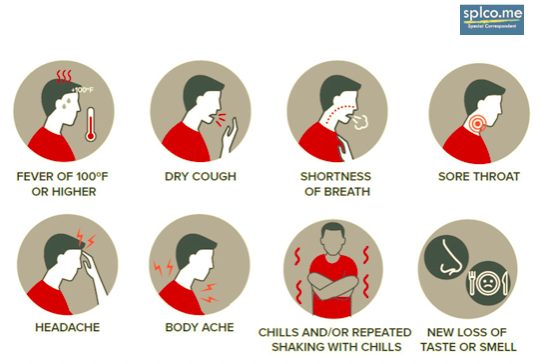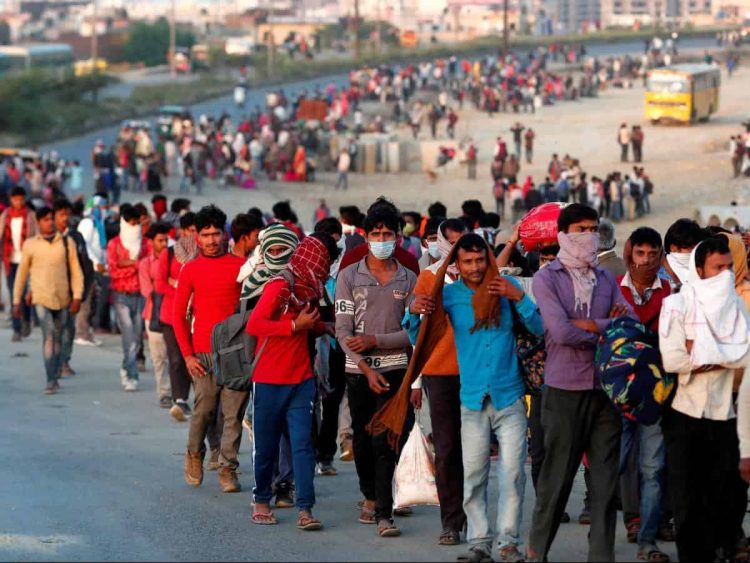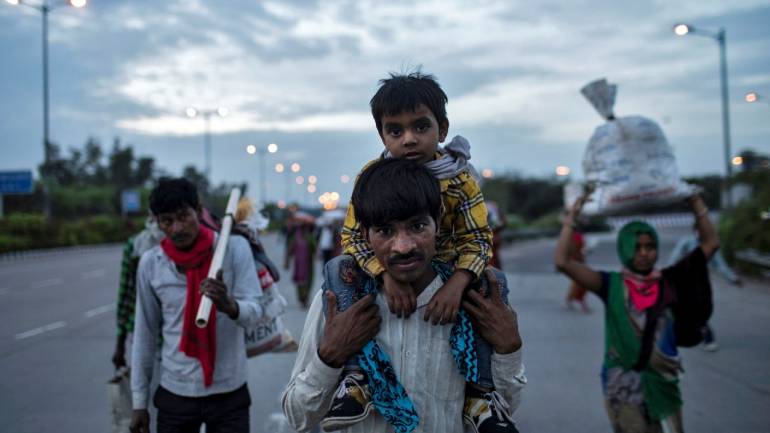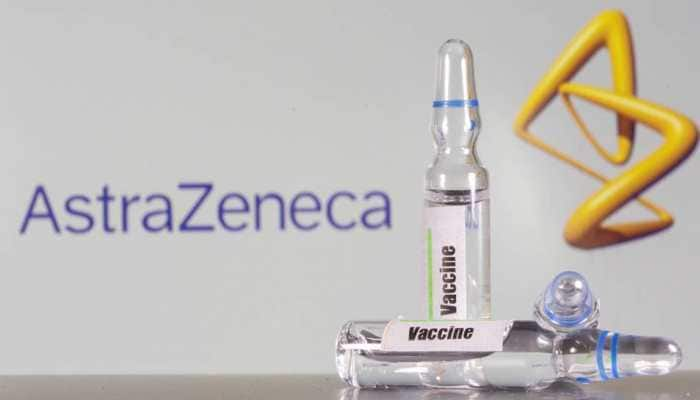According to Reuters Moderna’s data provide further validation of the promising but previously unproven mRNA platform, which turns the human body into a vaccine factory by coaxing cells to make virus proteins that the immune system sees as a threat and attacks.
Moderna expects the vaccine to be stable at normal fridge temperatures of 2 to 8 degrees Celsius (36 to 48°F) for 30 days and it can be stored for up to 6 months at -20C.
Pfizer’s vaccine must be shipped and stored at -70C, the sort of temperature typical of an Antarctic winter.
It can be stored for up to five days at standard refrigerator temperatures, or for up to 15 days in a thermal shipping box.
The data from Moderna’s trial involving 30,000 volunteers also showed the vaccine prevented cases of severe COVID-19, a question that still remains with the Pfizer vaccine.
Of the 95 cases in Moderna’s trial, 11 were severe and all 11 occurred among volunteers who got the placebo.
The U.S. government, faced with the world’s highest known number of COVID-19 cases, could have access next year to more than 1 billion doses from Moderna and Pfizer, more than needed for the country’s 330 million residents.
Moderna, part of the U.S. government’s Operation Warp Speed program, expects to produce about 20 million doses for the United States this year, millions of which the company has already made and is ready to ship if it gets FDA authorization.
“Assuming we get an emergency use authorization, we’ll be ready to ship through Warp Speed almost in hours,” Hoge said. “So it could start being distributed instantly.”
The 95 cases of COVID-19 included several key groups who are at increased risk for severe disease, including 15 cases in adults aged 65 and older and 20 in participants from racially diverse groups.
“We will need much more data and a full report or publication to see if the benefit is consistent across all groups, notably the elderly, but this is definitely encouraging progress, said Stephen Evans, professor of pharmacoepidemiology, London School of Hygiene & Tropical Medicine.
The trials were designed to measure whether the vaccines stop people from getting sick rather than whether they prevent transmission, which remains to be tested.
“It is likely that vaccines that prevent symptomatic disease will reduce the duration and level of infectiousness, and thus reduce transmission, but we don’t yet know if this effect will be large enough to make any meaningful difference to the spread of the virus within communities,” said Eleanor Riley, professor of immunology and infectious disease at the University of Edinburgh.
Most side effects were mild to moderate. A significant proportion of volunteers, however, experienced more severe aches and pains after taking the second dose, including about 10% who had fatigue severe enough to interfere with daily activities while another 9% had severe body aches.
Most of these complaints were generally short-lived, Moderna said.
“These effects are what we would expect with a vaccine that is working and inducing a good immune response,” said Peter Openshaw, professor of experimental medicine at Imperial College London.
The Trump Administration has mainly relied on the development of vaccines and treatments as its response to the pandemic.
Moderna has received nearly $1 billion in research and development funding from the U.S. government and has a $1.5 billion deal for 100 million doses. The government has an option for another 400 million doses.
The company hopes to produce between 500 million and 1 billion doses in 2021, split between its U.S. and international manufacturing sites, depending in part on demand.
Europe’s health regulator said on Monday it had launched a real-time “rolling review” of Moderna’s vaccine, as it has done for vaccines from Pfizer and AstraZeneca AZN.L.
Brussels also said it was in talks with Moderna about securing doses.
Other countries such as China and Russia have already begun vaccinations.
Russia licensed its Sputnik-V COVID-19 vaccine for domestic use in August before it started large-scale trials. It said on Nov. 11 that its vaccine was 92% effective based on 20 infections in its large trial.

